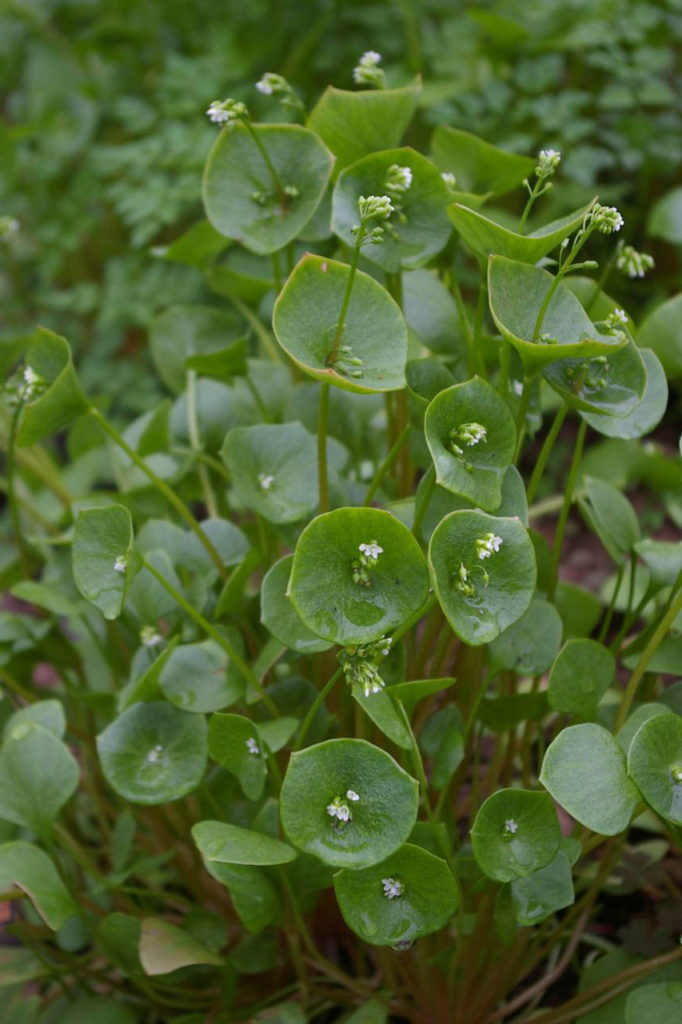1957-2023

For the impact of his friendships Niko was actually a resident member of the city co-op for a relatively short time. It was probably in those early friendships that so many learned of the qualities that made him a special fried of so many, long after he left the co-op. Niko was gentle, open, and a good listener as well as a great conversationalist. Conversations about life’s predicaments, contradictions and turmoil… jobs, relationships, or the search for meaning.
His wide-ranging interests were reflected in the diversity of jobs he took on – He worked as a bike courier, volunteer massage therapist with Aids Vancouver, math tutor, and teacher’s aide, until settling into the engineering work where he found his niche. Initially he struggled with reconciling his work for a large company, with its high charge-out rates, its bureaucratic processes, and its potential for indirectly contributing to human-rights abuse abroad, with the community-based ethics that was an integral part of his identity.
In the late 1980s Niko began volunteering with small hydropower projects (150kw to 1.0 MW) in Nicaragua. Niko answered the call for a volunteer to do the land survey. He raised enough money to buy some important equipment and his own plane fare. And he completed the land survey in conditions of war and danger as well as difficult geography and living conditions. This work was the dream of converting mountain streams into electricity to bring light to communities in North-Central mountains of Nicaragua. This early work was part of efforts to support the Sandinista Revolution and counter the devastation the contra war was causing on the rural areas.
Thus began the heart-based work through which he developed deep relationships that he that he would maintain over the years.
Niko always was searching in so many ways and sometimes struggled with how to adjust to an image of himself as a home-owner, making a good salary, living in a small town, when all his life he had stayed away from the “middle-class dream”. This he accepted and transformed into pride as a pride in the home and garden he built with Corinne.
Niko embraced so many of what one may call the “softer” sides of himself that included his Rosen work. He volunteered to offer this therapy to individuals who came through the Vancouver Association for Survivors of Torture.
He managed to live a wonderfully diverse life and never vary from his strong convictions to make the world a better place and have fun doing it.
Niko cultivated an interest in writing poems and short stories. This was one from 2004 that was a moment from his time in Nicaragua:
Sun swells over the eastern horizon heavily rises to an intense heat dry earh breaks
Open in deep cracks
Along silvery green leaf slips a fleshed seed
Full, glistened black
Down past tightly twisted branches and bound trunk
Jostled over shadowless
tanned pounded soil
along rugged earth
scraped slow past scattered stones naked
drops
deep
down
an open crack
vibrant, fertile, shadowed invisible
listens, waits, anticipates the cool spring rains.




